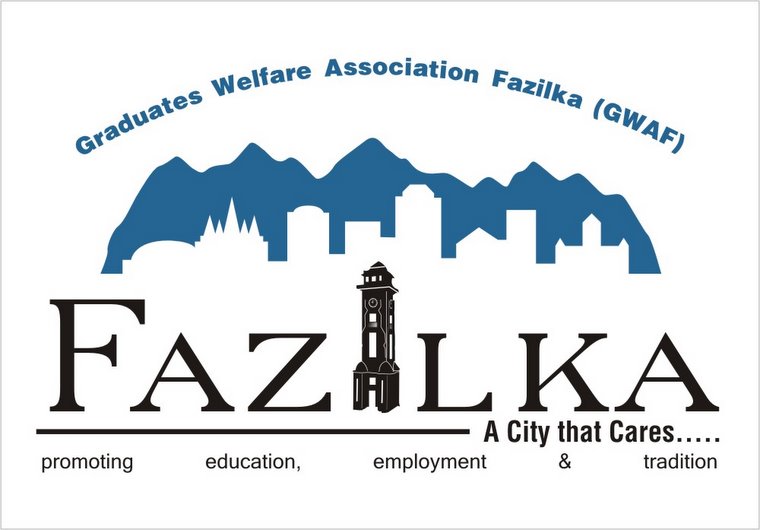Jyani, who grows wheat, paddy, millet, corn, sugarcane and fruits in his 140-acre farm, had begun to despair when he found the yield falling over the past several years. Continuous use of chemical fertiliser and pesticides had made the soil lose its nutrients, as is the case with most farm land in Punjab.
Then he learnt of natural farming techniques - not using chemicals but only biological ingredients like cow dung or cow urine - and of mulching to regenerate the soil.
Jyani tried mulching - covering the soil with a layer of dried leaves or hay to let the soil microbes multiply - on one acre on which he grew paddy.
The result had him elated.
'I got a good paddy crop this year and what's more, with 50 percent less water, which is a necessary requirement for growing rice. I plan to do grow paddy in five-six acres this year after mulching the soil,' Jyani told IANS.
Explaining the method, Jyani said he would spread the mulch made of dried leaves, grass or crop residue in the field a week after transplanting the paddy saplings from the nurseries.
'This covering prevents the soil moisture from evaporating, helping me save on water. It also makes the soil microbes thrive, which are necessary for the soil to get back its nutrients.'
Jyani is using the technique in his fruit orchards too. He covers the base of the fruit trees with biomass made of crop residue.
'Another big advantage of mulching is that it does not allow weeds to grow. The mulching cuts off the sunlight to the weeds.'
Jyani decided to take to natural farming after being convinced by the Kheti Virasat Mission (KVM), a non-government organisation based in Faridkot, which is working towards ecologically sustainable methods of agriculture.
KVM head Umendra Dutt told IANS: 'Mulching is an age-old technique that went out of use after the Green Revolution (in the 1970s). Farmers were told to burn the crop residues instead of using it to spread on the soil. This burning only leads to pollution and the ash does not benefit the soil in any way.'
According to Dutt, crops 'don't need water but moisture'. 'Mulching helps reduce use of water, keeping only enough moisture in the soil for the crops.'
Irrigation can lead to 'glut of water in the soil, thereby spoiling the soil oxidation process'.
P.L. Gautam, deputy director general of crop science at the Indian Council of Agricultural Research (ICAR), told IANS that mulching had gone out of use in large farms due to mechanised farming.
However, he agreed that it was the most cost-effective technique for soil regeneration. 'The crop residues used for mulching also act as humus for the soil. It is by and large a useful method for conserving water. The soil gets recharged.'
One way, said Gautam, was through 'plastic mulching', spreading large plastic sheets on the field, which gave the same benefits.
However, according to Dutt, this method is not as useful as natural mulching because it cuts off the oxygen supply to the soil - a vital ingredient for soil oxidation.
Now other farmers in Fazilka and parts of Punjab are opting for mulching, though in small areas first, said Jyani. 'It needs two-three years for the soil to begin regenerating itself through mulching. Therefore farmers cannot afford to do it on all their land, even though they find it very useful.
'The government should give a subsidy, like they do for fertiliser, to farmers who opt for natural farming in order to tide over the initial years during the transition,' he said.
 Biggest ever project taken by any individual to save 49.5 billion litre of fresh water in Punjab
Biggest ever project taken by any individual to save 49.5 billion litre of fresh water in Punjab